FEATURED PROJECT
Flower Power
Building ‘ecovoltaic’ solar parks that restore ecosystems and native pollinators
Planting native vegetation under and around solar arrays can provide critical habitat for animals that need a place to call home. When that habitat includes native wildflowers, pollinator species like bees, birds, and butterflies can thrive. These ‘ecovoltaic’ solar parks offer a two-fold solution to ecological challenges: 1) Creating infrastructure for clean energy, and 2) Supporting biodiversity and ecosystems. While ecovoltaic solar parks are a great idea, foundational studies on best practices, benefits, and challenges are still limited. For this project, we are measuring the benefits of ecovoltaic solar parks in the Central Valley, California, and building best practices to support their development globally.













